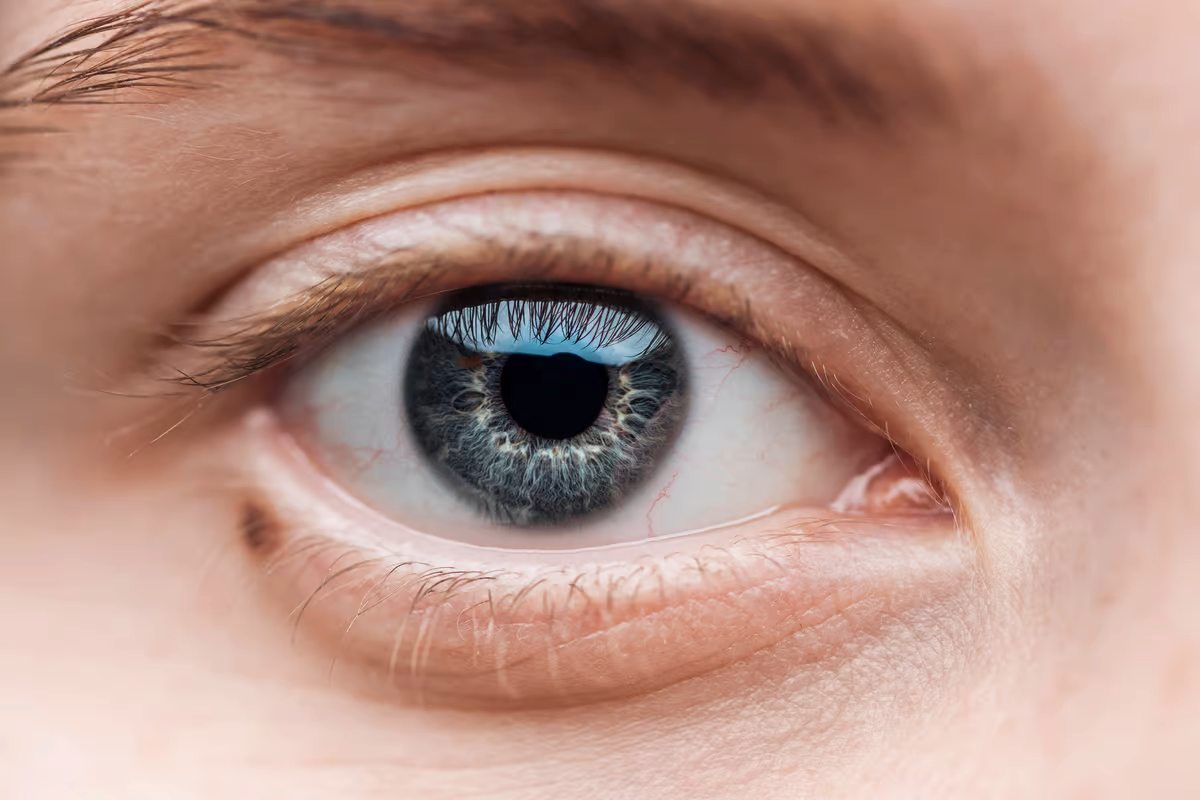Autism spectrum disorder (ASD) is less frequently diagnosed, affecting closer to 1 percent of the population. It's much harder to pin down an ASD diagnosis, since the symptoms are much more diverse in type and severity, and they vary hugely from one person to another. Symptoms can include difficulties around social interactions and communication, difficulty transitioning between activities, an atypical focus on details, and unusual reactions to certain sensations. Treatments are much more centered around education and adaptations.
They're very different conditions, but they sometimes overlap, and in many cases the behaviors involved look the same, making it hard to differentiate between the two conditions and put kids on the right treatment paths. So researchers have been looking for biomarkers that could help pin these conditions down quickly, and fresh research from Finders University has delivered promising results.
Finders University research optometrist Dr. Paul Constable has been working on detecting Autism through retinal scanning for many years now – we last wrote about his work in 2019. But in a new paper published in the journal Frontiers in Neuroscience, Constable and a team from the University of South Australia, McGill University, Montreal, University College London and the Great Ormond Street Hospital in the UK say they've found a particular electroretinogram (ERG) signal that can not only be used to separate ADHD and autism cases from control cases, but to clearly distinguish between the two conditions.
ERGs are a standard diagnostic test that opticians have been using since the 1940s to identify retinal disorders. Flashes of light, or certain patterns, are shown to the patient while an electrode – either a thin fiber, or a contact lens – is in contact with the cornea. The electrical activity in the retina can thus be recorded at the cornea non-invasively.
The study examined 55 ADS-diagnosed subjects, 15 ADHD-diagnosed subjects and 156 control individuals aged between 3 and 27, running them through an ERG test. Significant differences were found between control subjects, ASD patients and ADHD patients in b-wave energy levels and oscillatory potentials, with ADHD patients showing high overall ERG energy levels and ASD patients showing lower overall ERG energy levels than control patients.
“Retinal signals have specific nerves that generate them, so if we can identify these differences and localize them to specific pathways that use different chemical signals that are also used in the brain, then we can show distinct differences for children with ADHD and ASD and potentially other neurodevelopmental conditions," said Constable. "This study delivers preliminary evidence for neurophysiological changes that not only differentiate both ADHD and ASD from typically developing children, but also evidence that they can be distinguished from each other based on ERG characteristics.”
While further work will be required before this technique can be used in diagnosis, the researchers say it could potentially be used to spot a range of other neurological conditions as well as ASD and ADHD.
"Ultimately, we’re looking at how the eyes can help us understand the brain," said Dr Fernando Marmolejo-Ramos, co-author on the study and an expert in human and artificial cognition at the University of South Australia. "While further research is needed to establish abnormalities in retinal signals that are specific to these and other neurodevelopmental disorders, what we’ve observed so far shows that we are on the precipice of something amazing. It is truly a case of watching this space; as it happens, the eyes could reveal all."
The research is open access in the journal Frontiers in Neuroscience.
Source: Flinders University

No comments:
Post a Comment